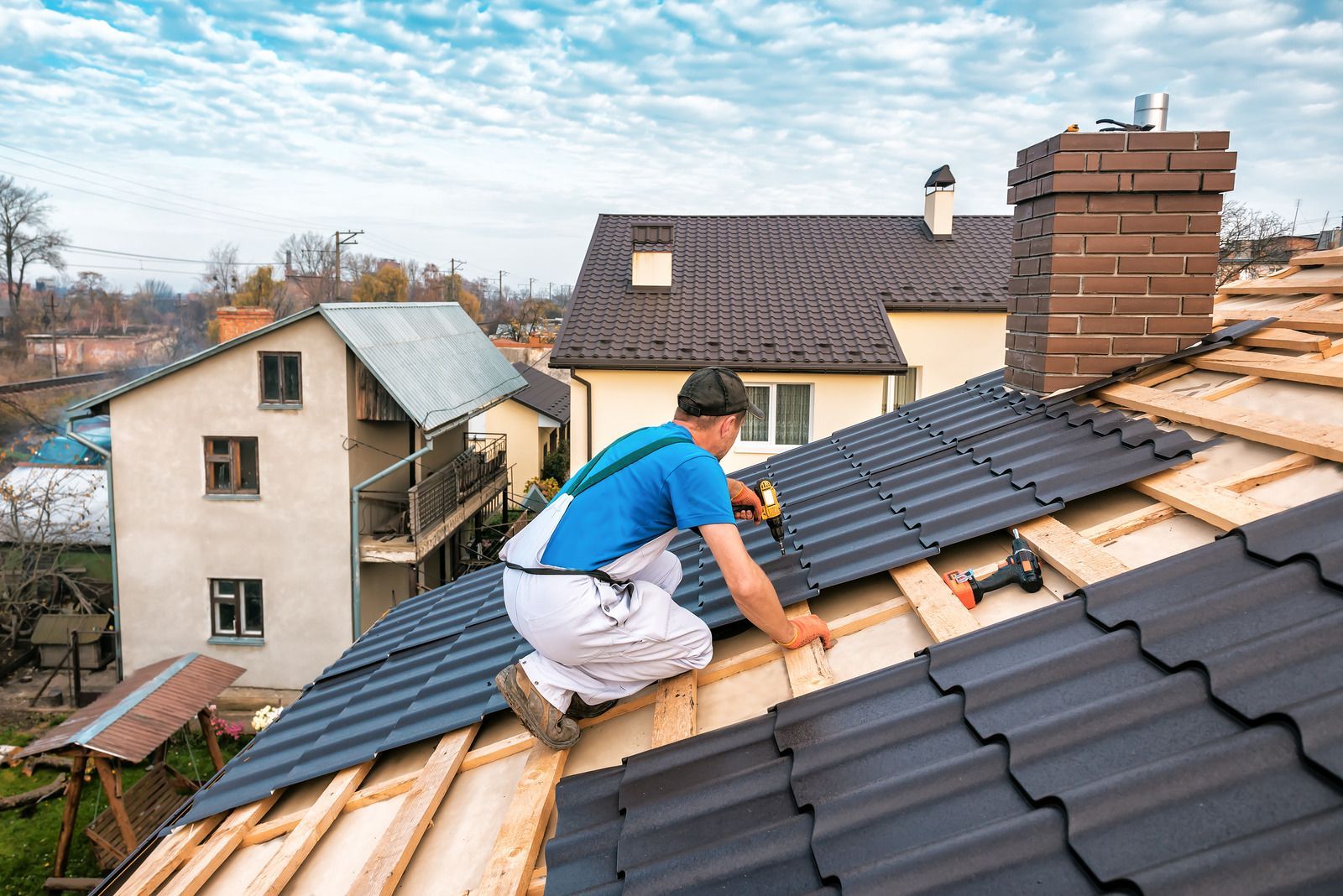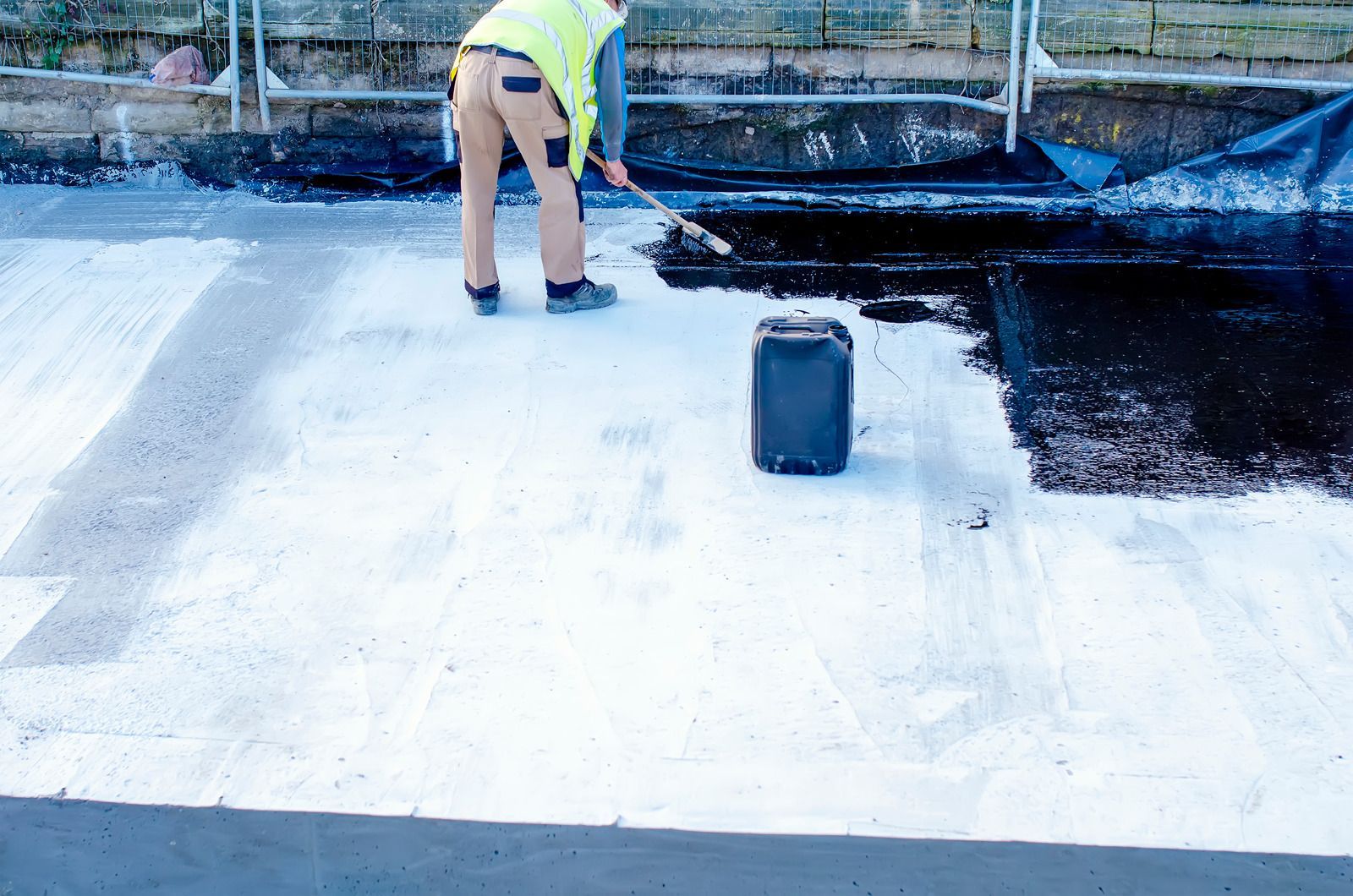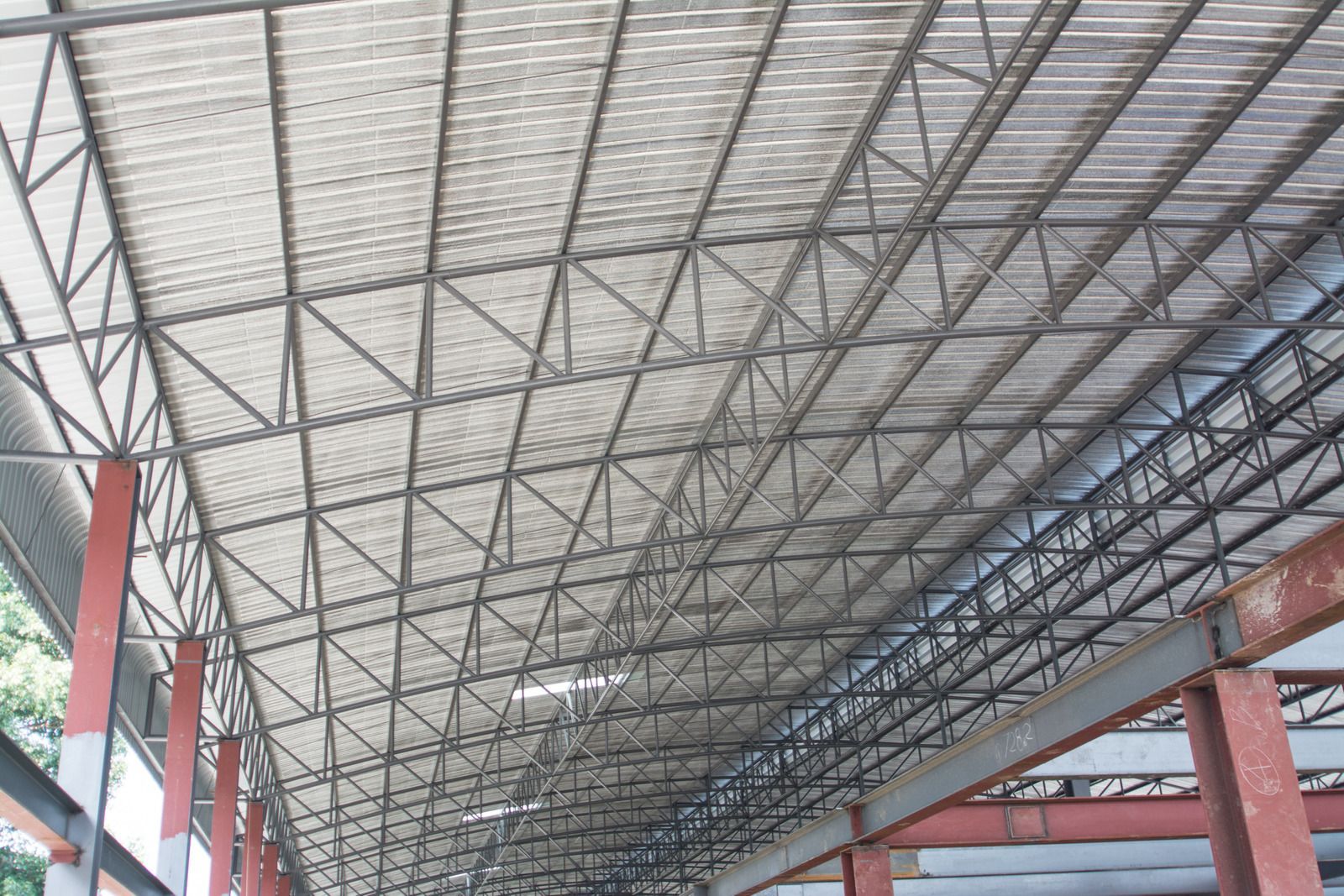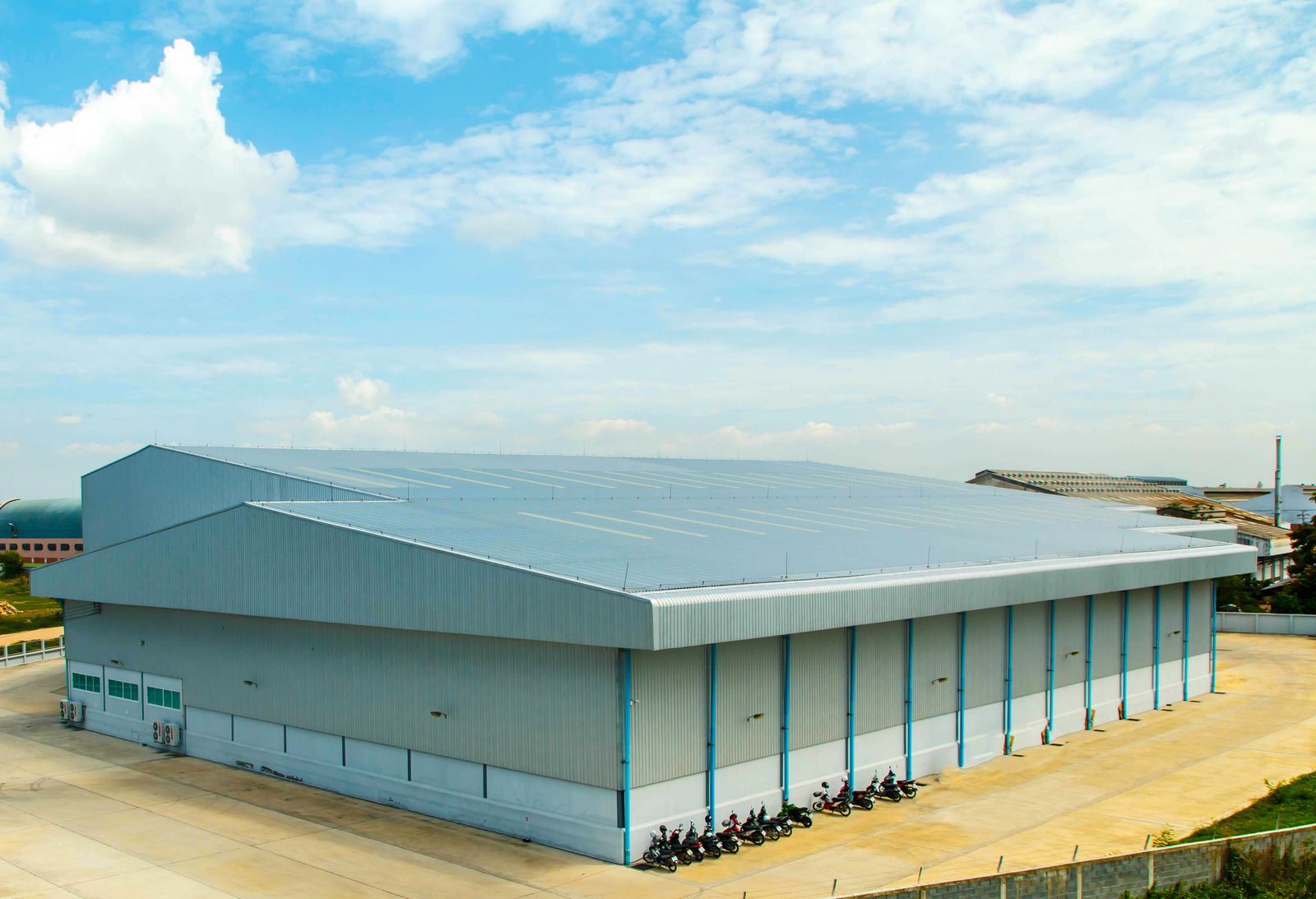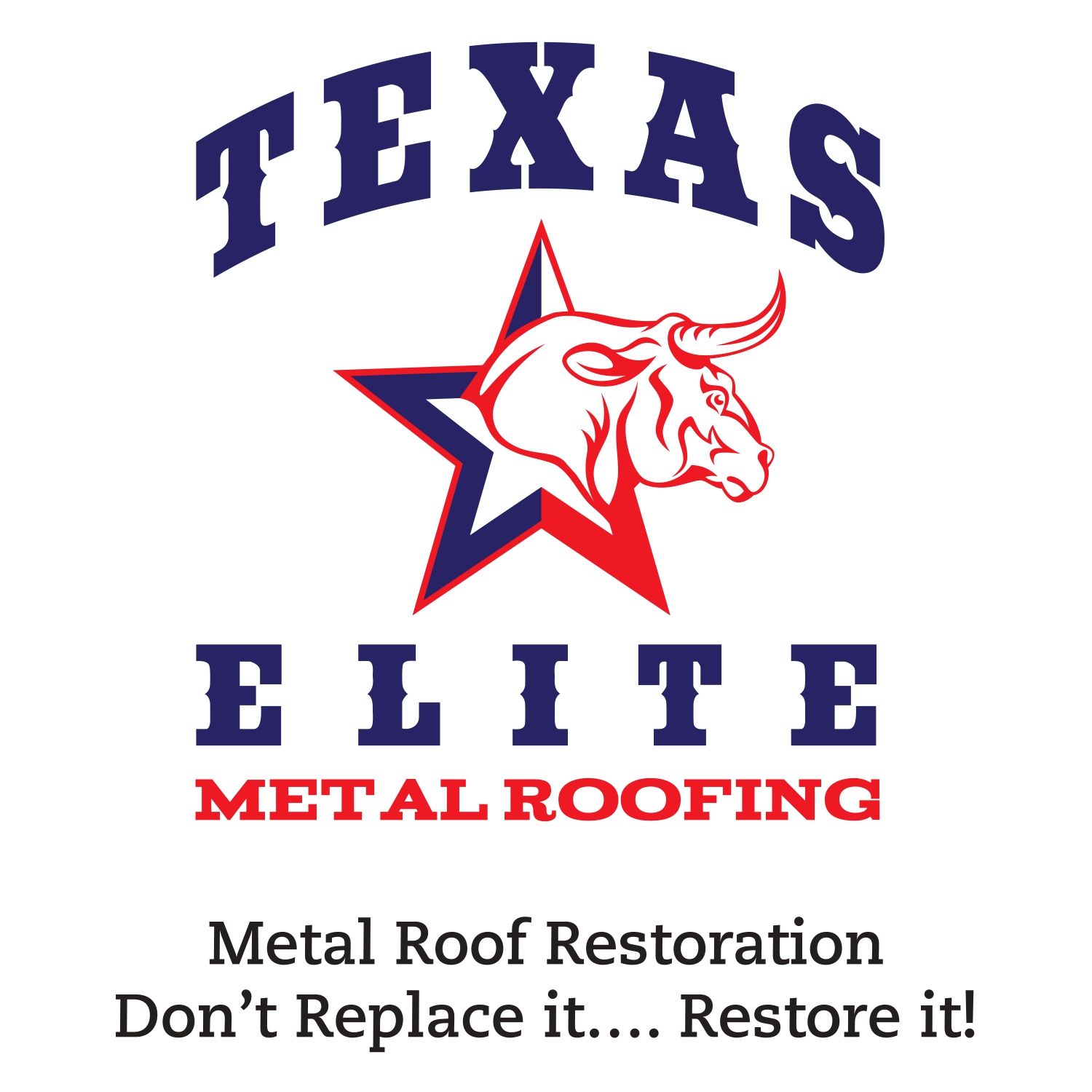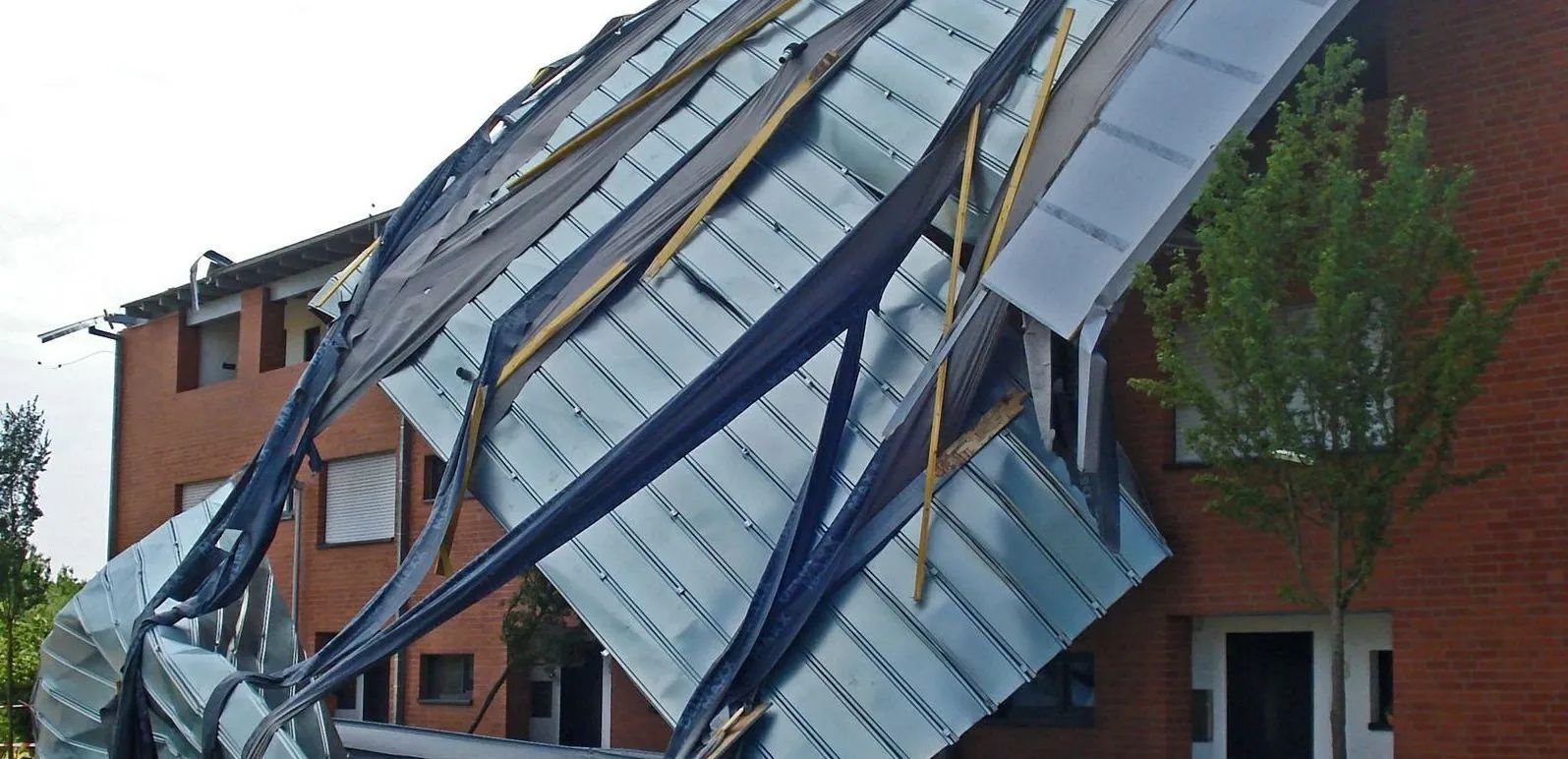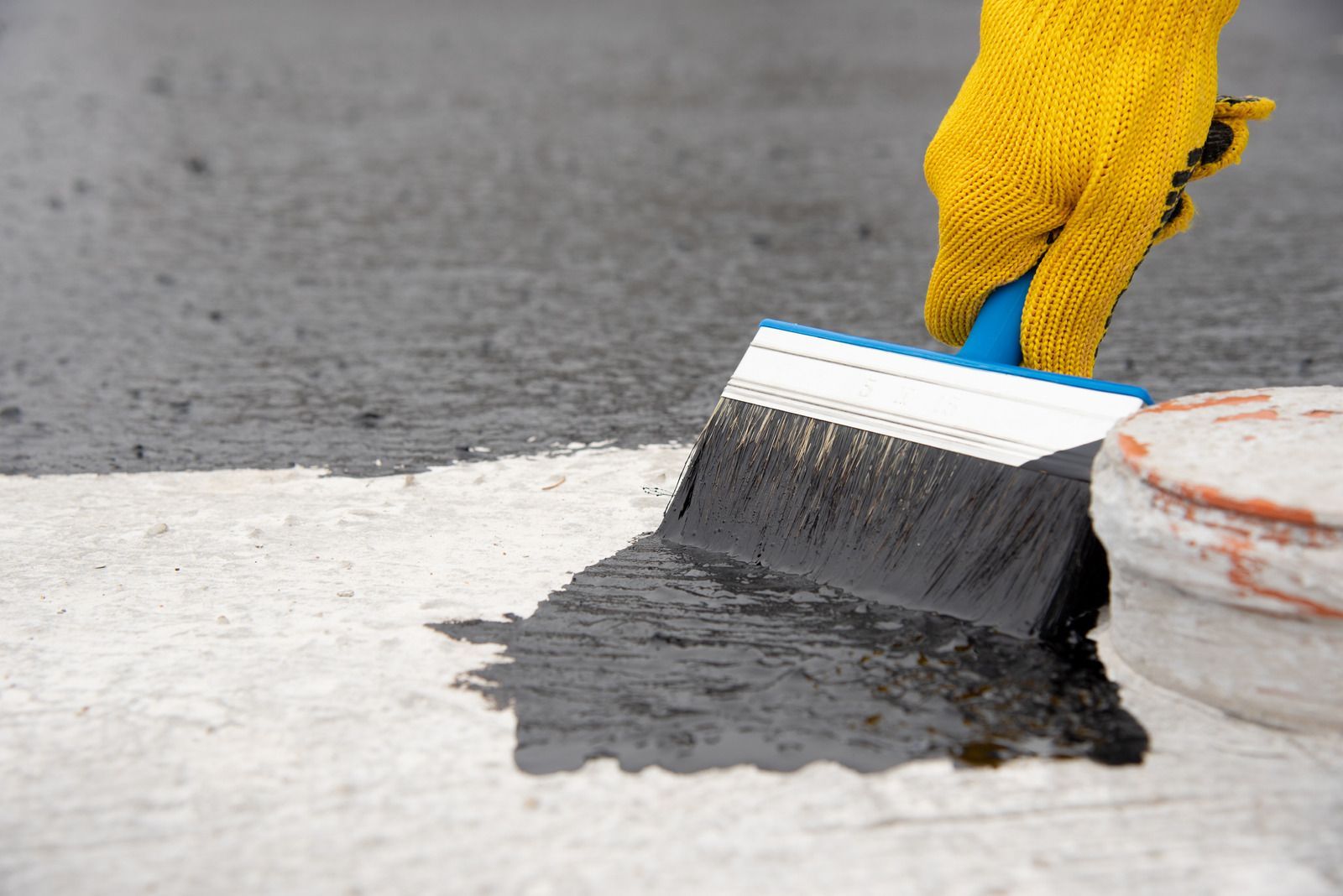Commercial Roof Repair Guide: How to Identify and Fix Common Roofing Problems
Taking care of a commercial roof is important to protect your building from damage. Over time, roofs naturally develop problems that can lead to bigger, more costly issues if ignored. Fixing roof damage as soon as it's noticed is usually less expensive than replacing the whole roof. In this guide, we will explain how to identify common problems and fix them before they get worse.
How to Identify Common Roofing Problems
Here’s how you can identify common roofing problems:
- Signs of Water Leaks: Water leaks are one of the most common problems with commercial roofs. If you notice water spots on the ceiling, there is likely a leak. You may also find water pooling on the roof. It happens when the drainage system does not work properly. If left unchecked, water damage can spread, causing more problems inside the building.
- Cracks and Holes in the Roof: Cracks and holes often form on commercial roofs due to exposure to the sun, wind, and rain. These cracks can appear over time, especially in older roofs. If you see cracks or holes, they need repair right away. Even small cracks can let water in, leading to bigger issues.
- Blistering and Bubbling: Blistering and bubbling happen when moisture gets trapped underneath the roof. This issue is especially common on flat roofs. As time goes on, these blisters can grow, leading to leaks and more damage. You can easily spot them by looking for raised areas on the roof. Bubbling makes the roof appear as if it's lifting in certain spots.
- Roof Flashing Damage:
Flashing is used to seal the edges and joints of the roof, usually in the areas around vents, chimneys, and skylights. Over time, flashing can get out of place, loosen, and become damaged. When this happens, water seeps through. Loose flashing may be due to powerful winds or shoddy installation.
How to Fix Common Roofing Problems
If you notice any of the above signs, it’s always a good idea to contact a professional roofer to get your commercial roof inspected. Professionals physically walk across the roof, checking for weak spots, cracks, or damaged areas that can’t be seen from the ground. They look for signs of water damage, such as stains or damp spots, and inspect areas where roofing materials may have come loose.
Roofing experts use different repair methods based on the type of damage. For minor leaks, they apply sealants to close up cracks or gaps. If the damage is more severe, they may need to replace a section of the roof. If the roof shows widespread wear or damage, professionals might suggest re-roofing. It involves adding a new layer of roofing material over the existing roof. Re-roofing is often less expensive than a full replacement and adds an extra layer of protection.
If the gutters or drainage systems are blocked or damaged, roofers clean and repair them. Proper drainage is important because standing water can cause leaks and damage over time.
Final Thoughts
Commercial roof repair is an important part of maintaining your building. By identifying and fixing problems early, professionals help avoid larger damage that could cost more in the long run. Regular inspections and repairs keep your roof in good condition and protect your building from leaks, water damage, and other issues. Taking care of your roof now helps you save money on future repairs.
